Hey there, fellow shoppers! If you're anything like me, you've probably stood in an aisle at the store (or scrolled endlessly online) staring at a product that screams "Made in the USA!" with stars-and-stripes flair. It feels good, right? Supporting American jobs, quality craftsmanship, and that whole patriotic vibe. But here's the thing—I've been burned before. A few years back, I splurged on what I thought was a solid American-made kitchen gadget, only to dig deeper and realize it was mostly assembled overseas with just a few U.S. touches. Talk about a letdown. That's why I dove into this topic: to help you (and myself) become better detectives when hunting for truly authentic USA-made goods. No hype, no bias—just straightforward facts to empower your shopping decisions.
In this guide, we'll break it down step by step. We'll cover what the labels actually mean, how to verify claims, and the sneaky pitfalls to avoid. By the end, you'll feel confident spotting the real deal and making choices that align with your values. Let's get into it.
What Does "Made in USA" Really Mean? The Legal Lowdown
First off, let's clear up the confusion around those magical words. In the United States, the Federal Trade Commission (FTC) sets the rules for "Made in USA" claims to keep things honest. According to their guidelines, an unqualified "Made in USA" label means the product is "all or virtually all" made in the country. That translates to the majority of the product's parts, materials, and processing happening right here on U.S. soil. It's not just a tiny bit of assembly—think substantial domestic content.
But—and this is a big but—not every claim is unqualified. The FTC allows for qualified statements if the product doesn't fully meet that high bar. For example:
- Assembled in USA: This could mean the final assembly happened stateside, but key components might be imported.
- Made in USA with imported parts: Pretty self-explanatory, but it highlights that not everything is domestic.
- 50% U.S. Content: Some products disclose a percentage, which can be helpful if you're okay with partial American sourcing.
The FTC doesn't pre-approve these claims, so it's on manufacturers to follow the rules, and they've been cracking down lately. In fact, as of July 2025, the FTC ramped up enforcement, sending warning letters to companies making misleading claims and even declaring the month "Made in the USA" awareness time. Penalties can hit up to $50,120 per violation, so reputable brands take this seriously. The key takeaway? Always read beyond the bold print.
Decoding Labels: Where to Look and What to Spot
Labels are your first line of defense, but they're not always straightforward. Start by flipping the product over or checking the packaging for the country-of-origin disclosure. By law, most imported goods must state where they're from, but U.S.-made ones? They might not always scream it from the rooftops—though honest ones usually do.
Here's a quick checklist for label sleuthing:
- Look for the FTC-Compliant Phrasing: Genuine "Made in USA" should be clear and unqualified unless specified otherwise. Vague terms like "American-inspired" or "designed in the USA" don't cut it—they often mean the product was dreamed up here but built elsewhere.
- Check for Specifics on Clothing and Textiles: For apparel, the label has to be sewn in a visible spot, like the inside neck for shirts. It must disclose the country of origin for the fabric and where it was made. No label? That's a huge red flag, especially for things like flags or tools where knockoffs are common.
- Examine the Fine Print: Scan for mentions of "final assembly" or percentages. If it's electronics or furniture, ask about the origin of components like circuit boards or wood sourcing.
- Watch for Visual Cues: Patriotic symbols like eagles, flags, or the Statue of Liberty can be misleading if they're not backed by real claims. A brand name sounding "American" (think Liberty something-or-other) doesn't guarantee domestic production either.
Pro tip: If you're shopping online, zoom in on product images or request more details from the seller. A good multivendor site will have transparent listings.
Verification Steps: Dig Deeper to Confirm Authenticity
Labels are a start, but to really nail it, you need to play detective. Here's how to go beyond the surface:
- Contact the Manufacturer Directly: Don't be shy—email or call the company and ask pointed questions like, "What percentage of this product is made in the USA, and where are the parts sourced?" Legit brands will have answers and might even share certificates or supply chain info.
- Research the Brand Online: Head to the company's website for their "About Us" or "Our Story" section. Look for mentions of U.S. factories, partnerships with American workers, or third-party verifications. Tools like the FTC's complaint database can flag any past issues. Also, check independent directories such as Made in USA Forever or Authenticity50 for verified lists of brands.
- Use Apps and Resources: There are handy apps like "Made in America" scanners or websites that cross-reference products. For bigger purchases, like appliances, sites like Consumer Reports often break down origins.
- Over-Emphasized HQ? Proceed with Caution: If the ad gushes about the company's U.S. headquarters but skimps on manufacturing details, it might be a smokescreen. The product itself matters, not just where the execs sit.
Remember, "all or virtually all" allows for minor foreign elements (like a screw or two), but if it's more than that, it should be disclosed. Verification takes a minute but saves regret.
Common Pitfalls and Red Flags: What to Avoid
Even with the best intentions, it's easy to get tricked. Here are some traps I've learned to sidestep:
- No Country-of-Origin Label: If it's missing, assume it's not U.S.-made until proven otherwise.
- Overly Vague or Flowery Language: Phrases like "proudly American" without specifics often hide imported goods.
- Too-Good-to-Be-True Prices: Authentic USA-made items tend to cost more due to higher labor standards—bargain basement deals might signal fakes.
- Misleading Marketing: Companies sometimes slap "USA" on packaging but import the core product. Always verify, especially for seasonal items like holiday decorations.
- Foreign-Owned Brands: A company can be based abroad but claim U.S. production—check the fine print.
In 2025, with increased FTC scrutiny, more brands are getting called out, so staying vigilant pays off. If something feels off, report it to the FTC—your input helps everyone.
Why Bother? The Bigger Picture and Where to Shop Smart
Spotting authentic USA-made goods isn't just about avoiding duds; it's about fueling the economy, supporting skilled workers, and getting durable, high-quality stuff that lasts. American manufacturing means ethical labor practices, environmental standards, and innovation right in our backyard. Plus, in a world of fast fashion and disposable everything, choosing domestic helps reduce your carbon footprint from shipping.
If you're ready to put this guide into action, why not start at a trusted spot like Amerili.com? As a multivendor marketplace dedicated exclusively to USA-made products on Shopify, we vet our sellers to ensure transparency. Browse categories from home goods to apparel, knowing every item meets those authentic standards. It's one less headache in your shopping routine.
There you have it—your toolkit for smarter, more meaningful purchases. Next time you're out hunting treasures, channel your inner sleuth. Got a story of your own USA-made find (or flop)? Drop it in the comments below—I'd love to hear! Happy shopping, and here's to keeping it real American.

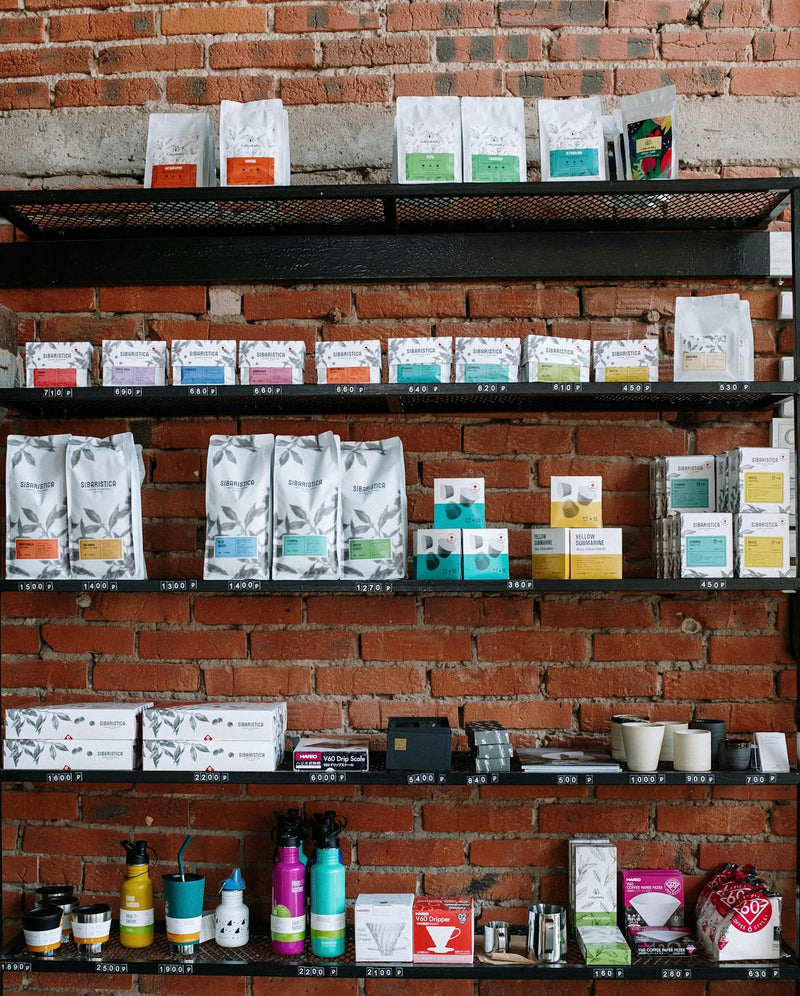


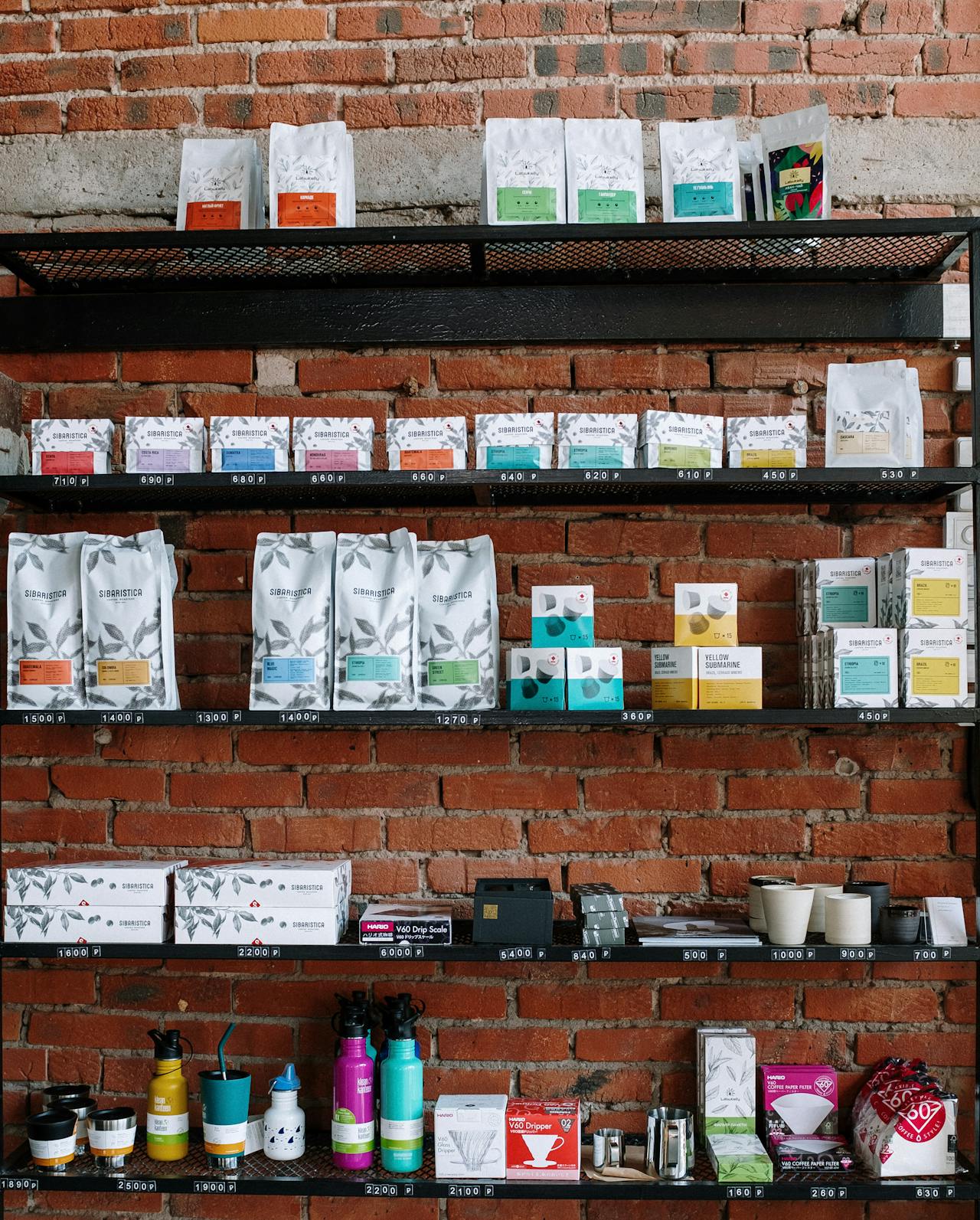


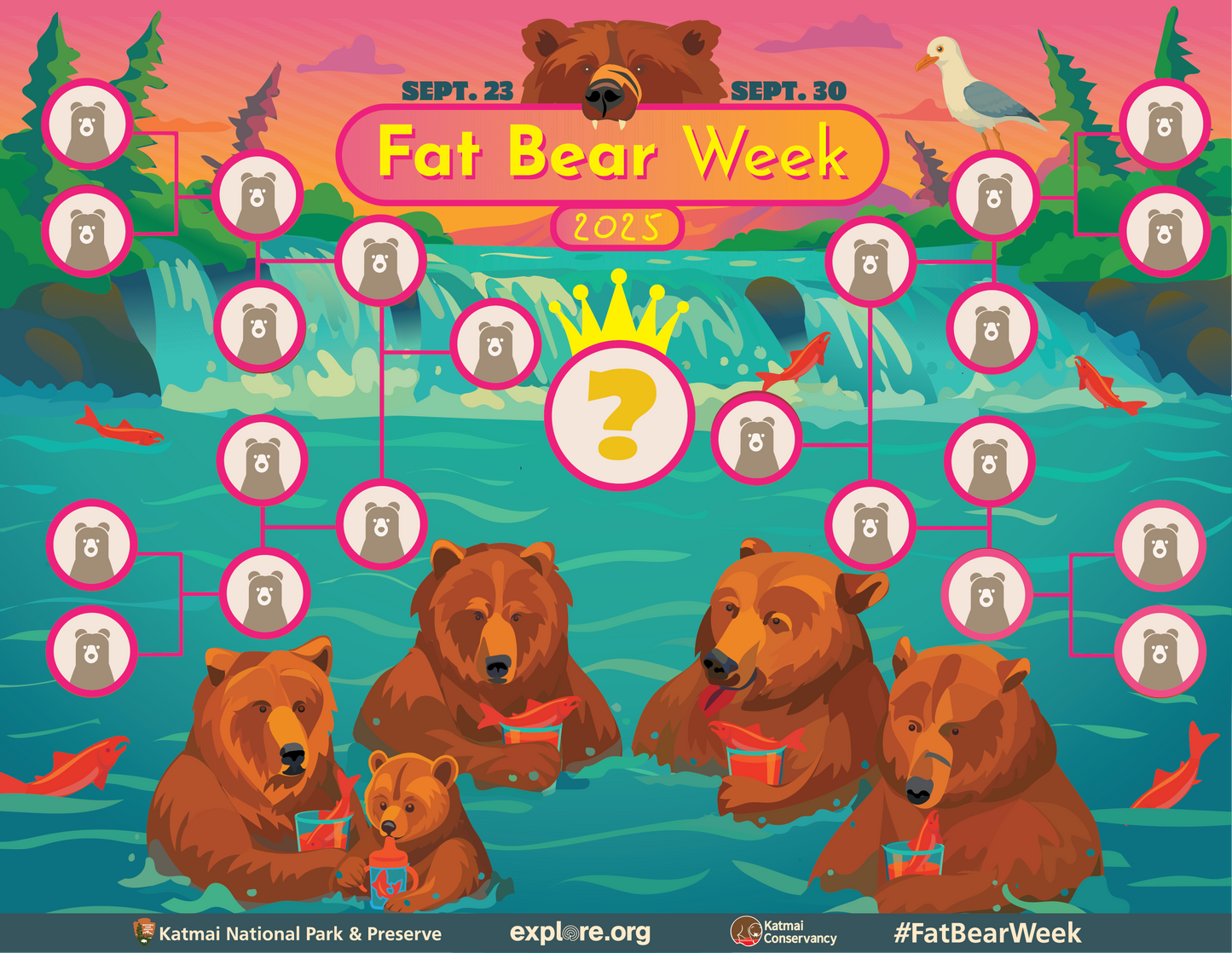



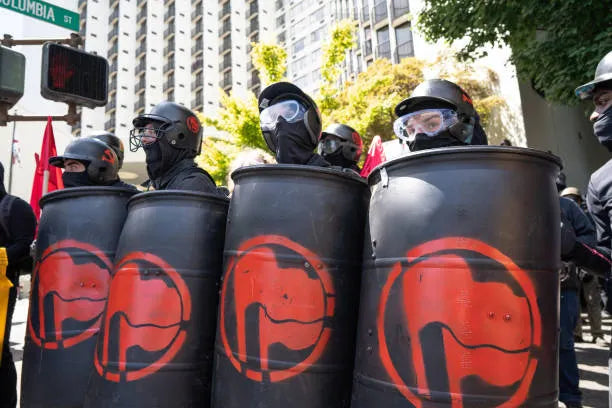
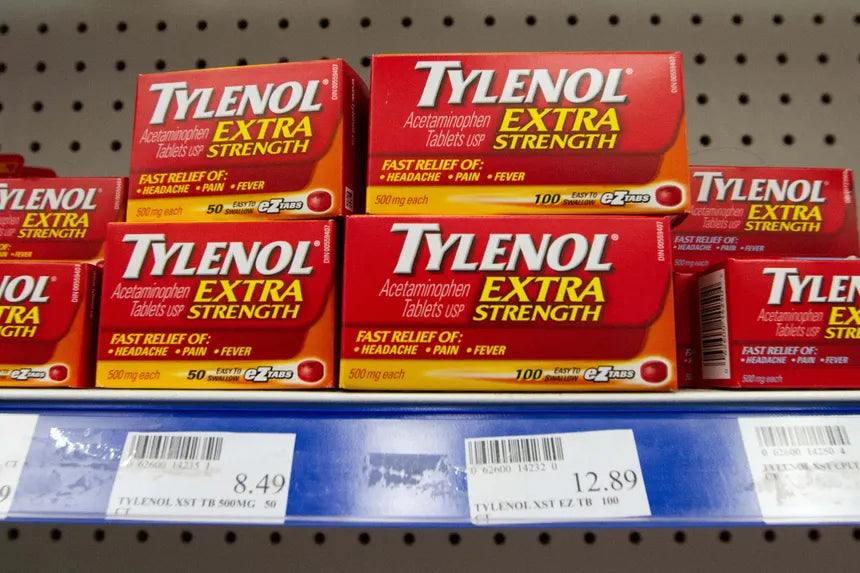

Leave a comment